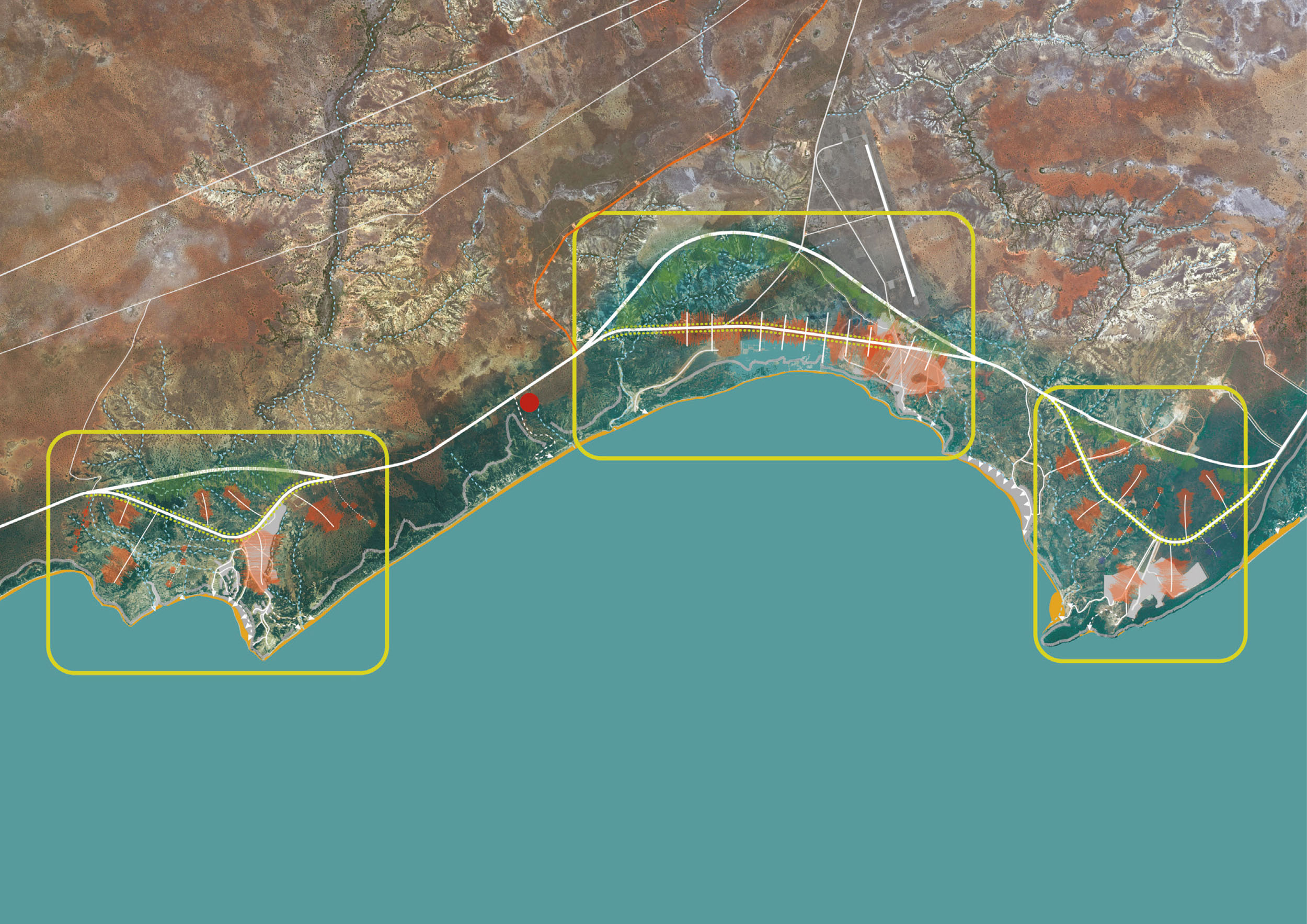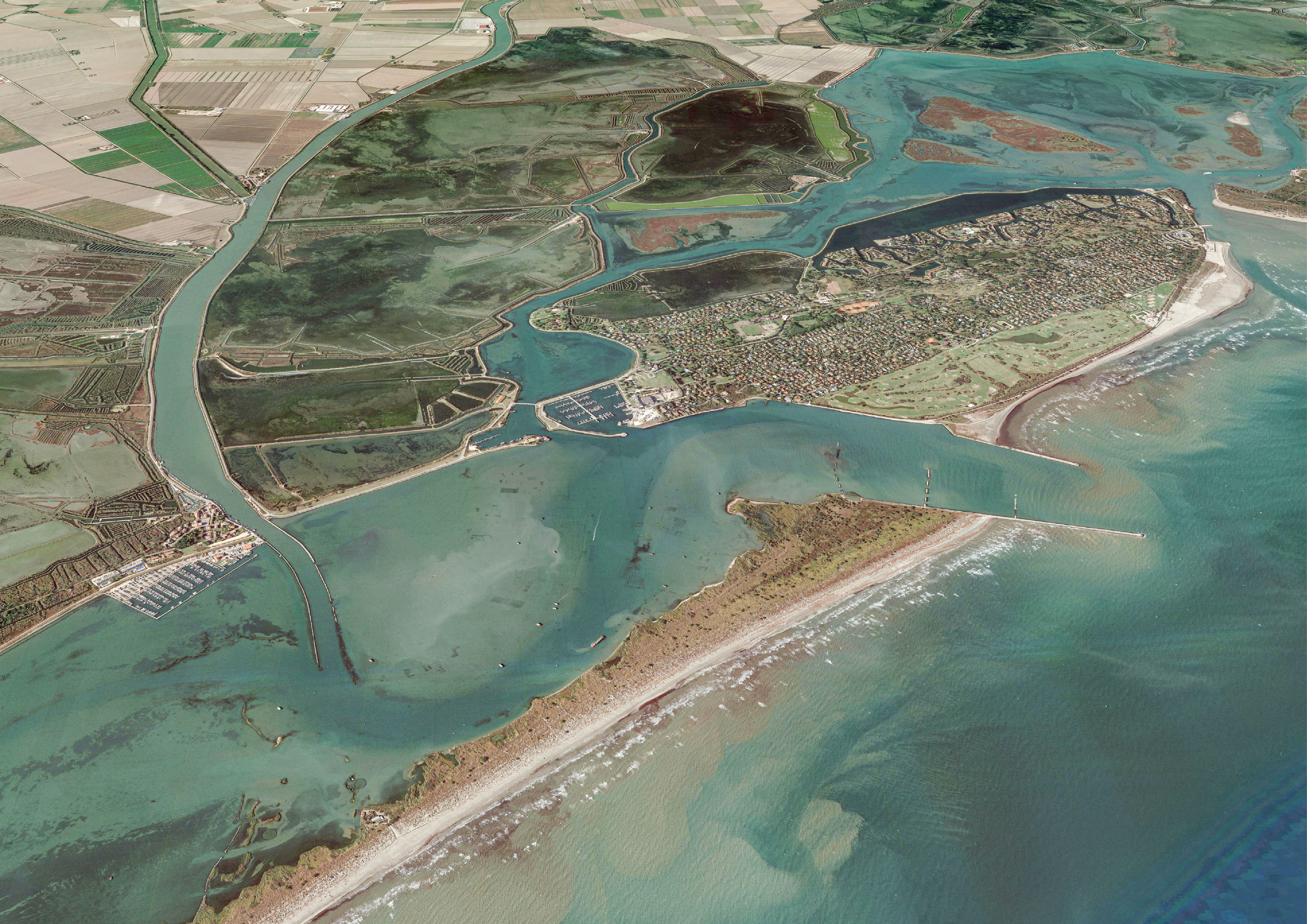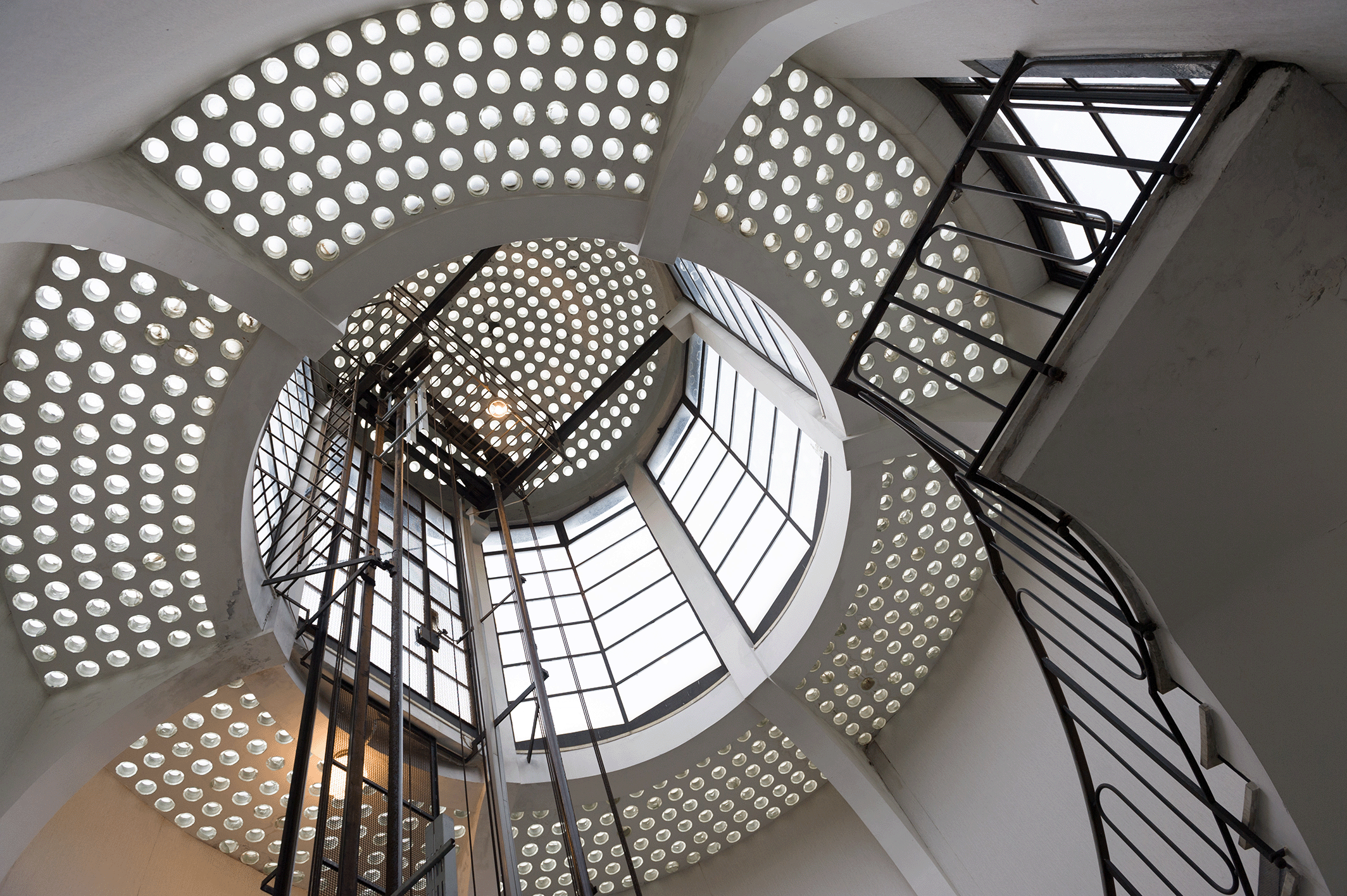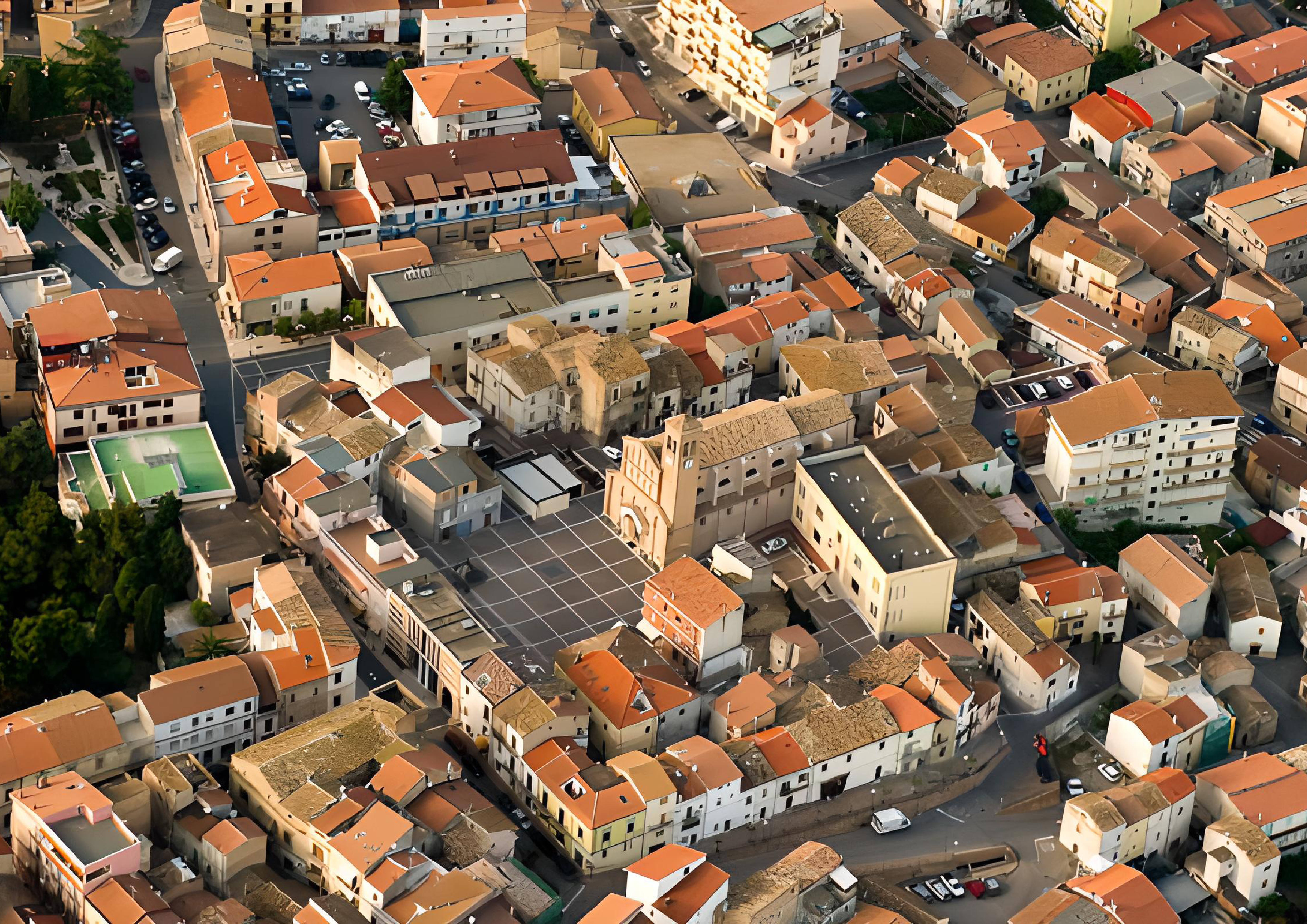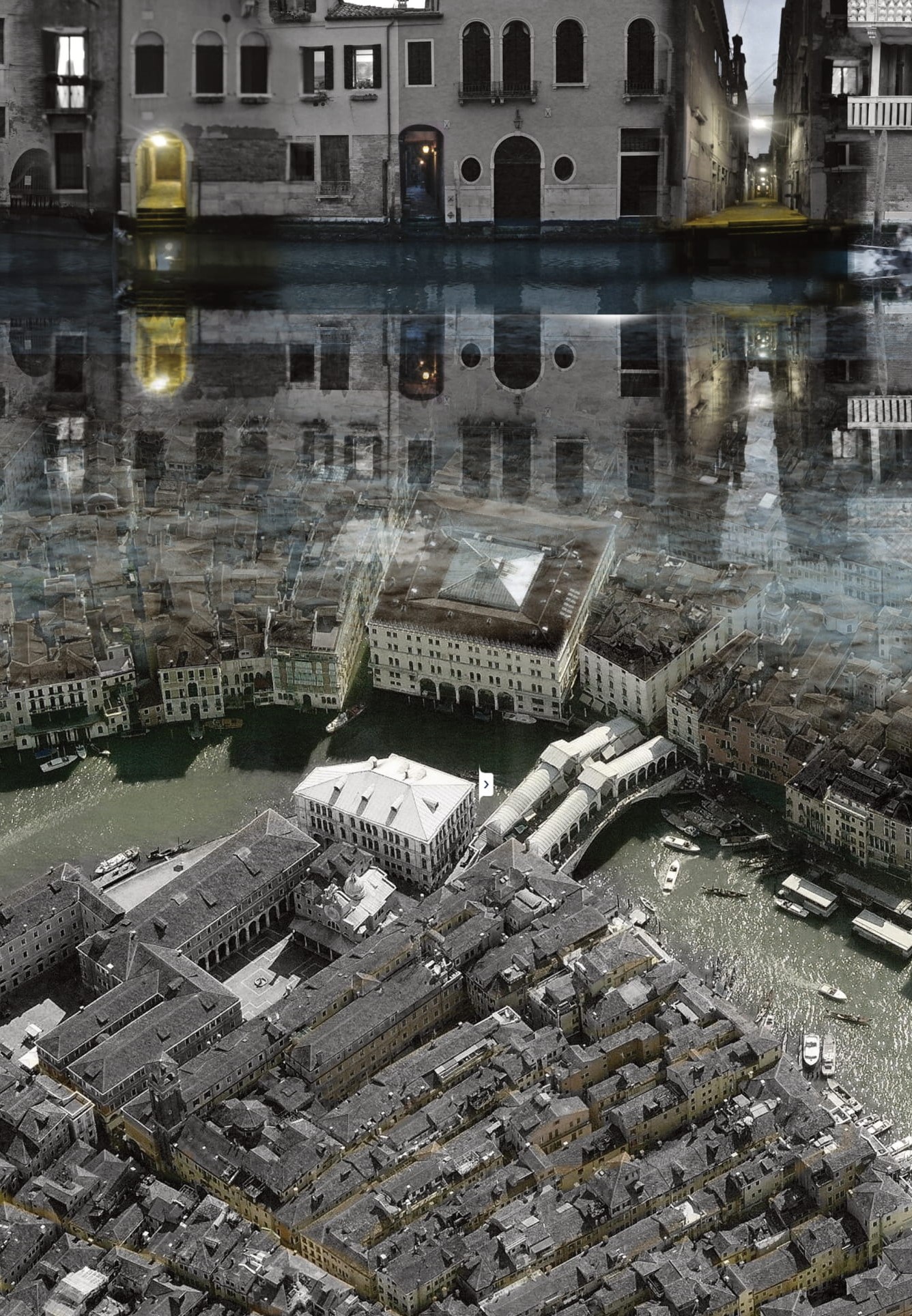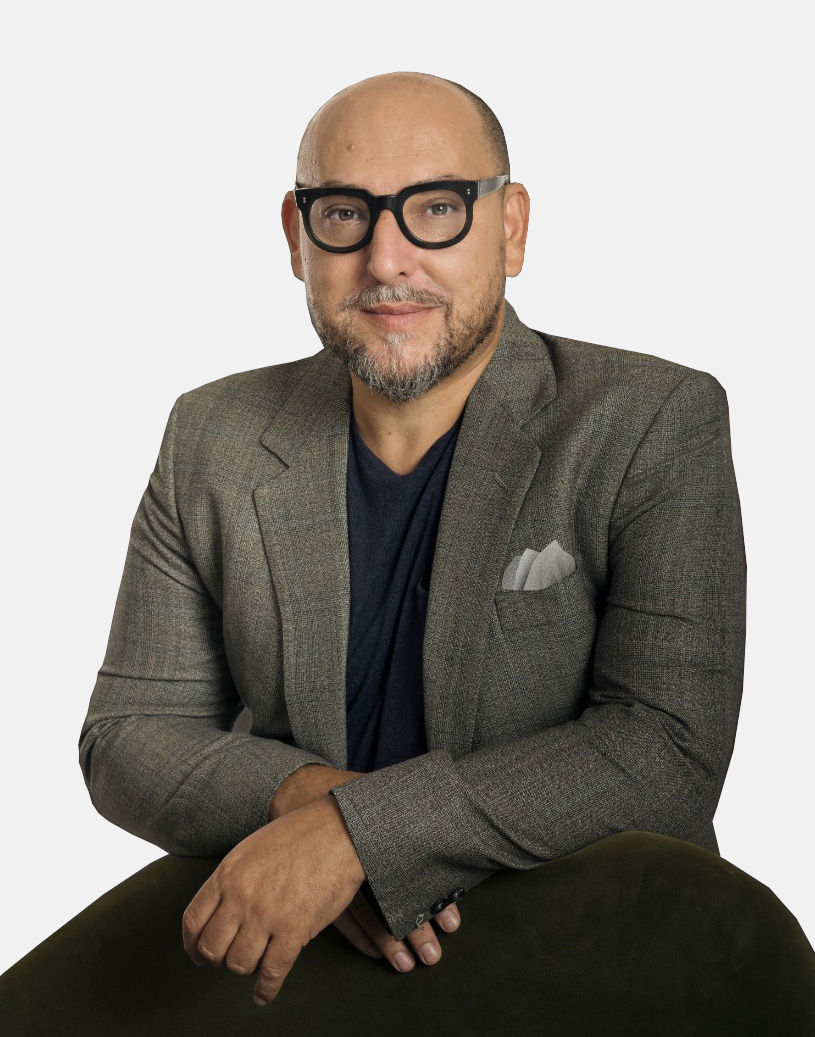PLANNING AND RESEARCH
REGIONAL PLAN OF VENETO. 13
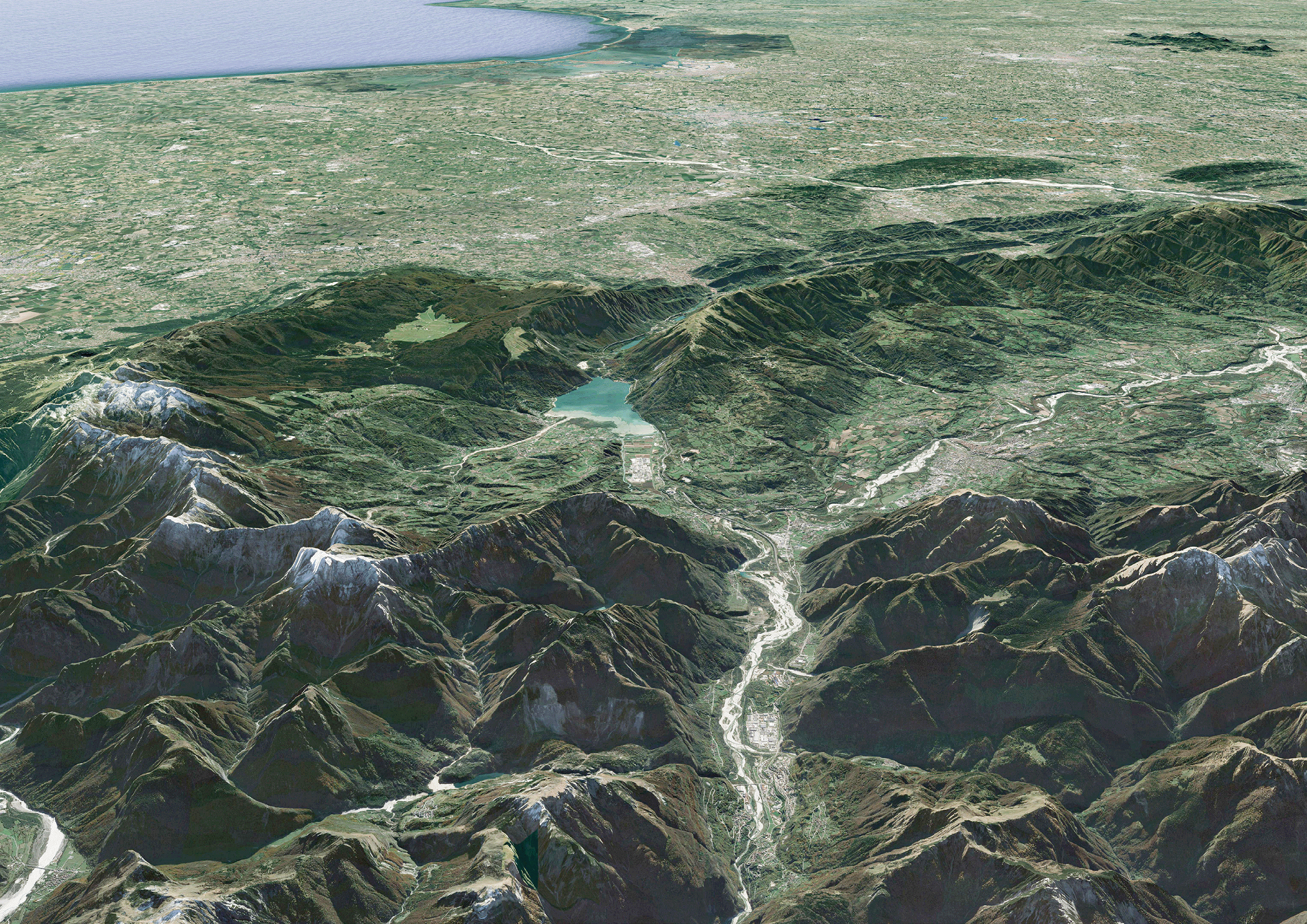
Design and Research
2007-2013
Location
Veneto, Italy
Client
Veneto Region
Lead Architect
Davide Longhi
Massimiliano Depieri
Massimiliano Depieri
Responsibility of
General technical and scientific advice and topic definition
First Version (2009)
Adjustment (2013)
Mapping, scale 1:250000
Mapping, scale 1:50000
Cognitive table updating
With
Viviana Ferrario
Team
Elena Spolaore
Salvatore Arena
Laura Rossit
Salvatore Arena
Laura Rossit
PROJECT
The sequence of researches represented an extraordinary opportunity for reflection on territorial issues, allowing the elaboration of territorial strategies related to the issues of protection and enhancement of the soil resource, the protection and increase of biodiversity, the reduction of anthropic pressure and the improvement of quality of the environment, the optimization of networks by safeguarding environmental resources, and the delineation of sustainable economic development models for tourism and industry in order to support social cohesion and strengthen local cultural identities.
PORTFOLIO
RELATED PROJECT
MAPPING THE REGIONAL PARK OF DELTA DEL PO. 13
Delta of Po river, Italy
ARCHITECTURE OF XX CENTURY. 12
Veneto, Italy
RECOVERING A PUBLIC PLACE: HISTORICAL CENTER OF SAN SALVO. 15
San Salvo, Italy
VENICE MORPHOLOGIES AND TEXTURES: HOW WATER PLAYS WITH LAND. 10
Venice and its Lagoon, Italy


